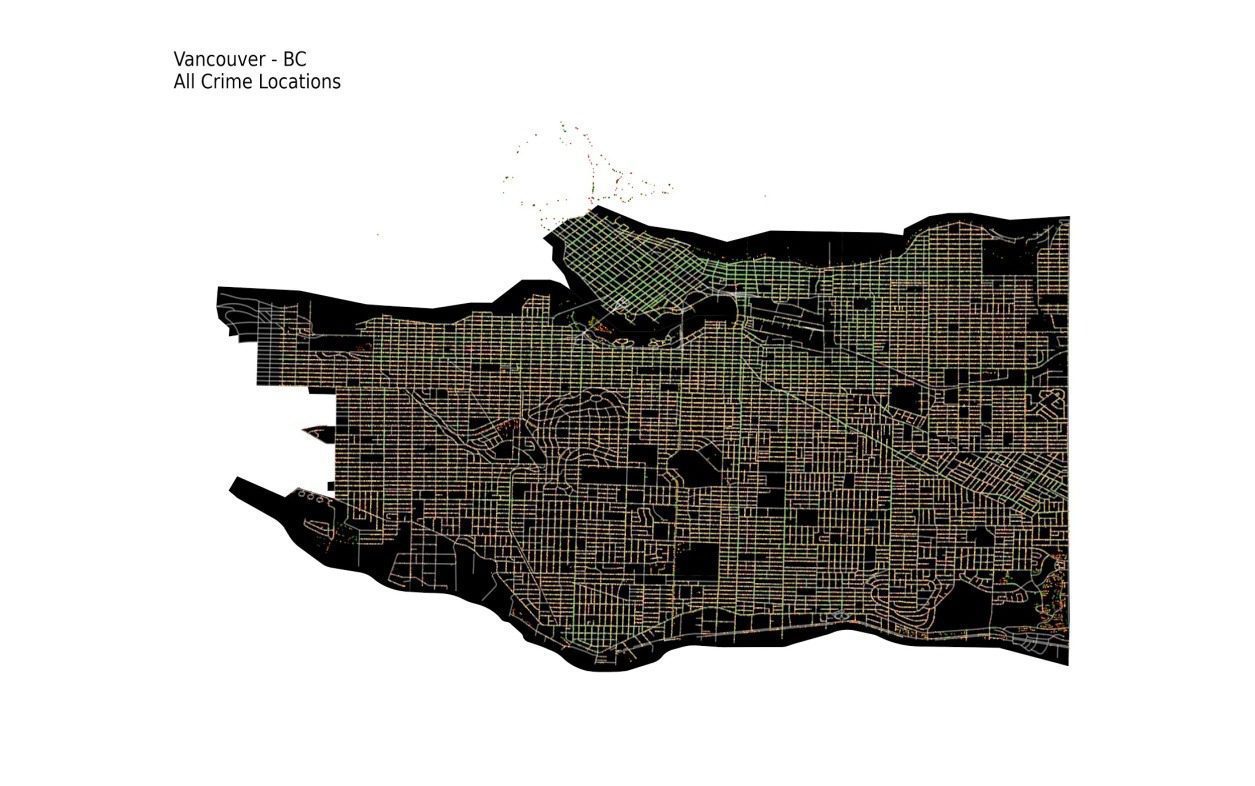Digital learning is becoming the norm worldwide. While e-learning and remote, online study are making strides, physical classroom spaces can still make or break a student’s learning. Desks in a row aren’t long gone.
That doesn’t mean we can’t get creative. Here are several floor plans and classroom arrangement ideas that can encourage better attention, creativity, collaboration, and learning in a classroom space.

1. Dynamic Floorplan
Students feel most comfortable in welcoming atmospheres, where they are free to move and interact with their surroundings, and some of the most welcoming spaces are found in nature.
Choose a class space with an open or dynamic floorplan so you can arrange the room based on your student’s needs and the class activities. Adaptations can also accommodate new needs as they appear.
For example, a flexible classroom space can be set up by renting instead of buying a photocopier to more easily free up space when the machine isn’t needed for the curriculum.
School photocopier contracts are simple and allow flexibility in how you use your class space.
2. Seating Alternatives
Non-traditional seating methods can support students’ need to move and interact at a physical level with their studies.
Spending the bulk of the day seated at a desk can be taxing physically and lead to loss of attention and a dwindling of energy and creativity. In contrast, spending large chunks of time in spaces that are in movement or that allow movement encourages learning, creativity, and relaxation.
Some ways to include a flexible arrangement in your classroom can look like replacing desks with alternatives:
- Yoga ball
- Swivel chair
- Bungee chair
- Bean bag
- Stool
- Stand-up desk
- Short table for sitting on the floor
- Crib mattress with pillows
- Hammocks
Some other desk alternatives might include sitting on the floor or on very low pillows or seats. In these cases, consider using TV tray tables for books, writing materials, and computers.
When students have freedom in where they sit and who they sit with (if anyone at all), individual work and collaboration improve.
3. Creative, Natural Decor
Nature is one of the most inviting spaces for creating and concentrating. Bringing nature into the classroom (or the classroom into nature) can look like including a mini indoor garden in the classroom and choosing a room with lots of windows.
And if possible, choose a classroom space with an easily-accessible outdoor space where students can freely go outside to explore, eat, or study.
Here are some more ways to include nature in the classroom.
Movable Wall
Moveable walls can be made with bamboo area screens. They can be removed or adjusted to change the space into separate rooms.
Plants
Indoor plants or an indoor garden box (using a sandbox) are a great way to include live plants in an indoor classroom. Having plants in the schoolroom gives students and the teacher the routine task of caring for them — a great way to start or end a day, transition between tasks, or take a mental break.
A live wall is another way to integrate live plants into the school space. Hang pots or fill a bookshelf with potted indoor plants. Edible plants like culinary herbs are fun!
Windows
A room with windows can offer a great study space and a place to create and concentrate. Whether the windows showcase a quiet forest or a busy street, they can provide mental stimulation, inspiration, and relaxation for students.
Conclusion
Educational technology is best used in a physical space that fosters a healthy learning environment! Give your students room to learn by creating their classroom space according to their needs.








